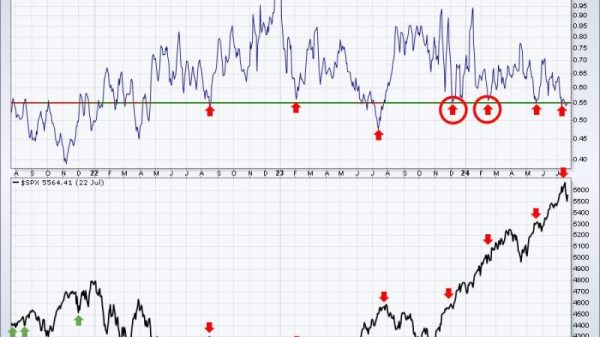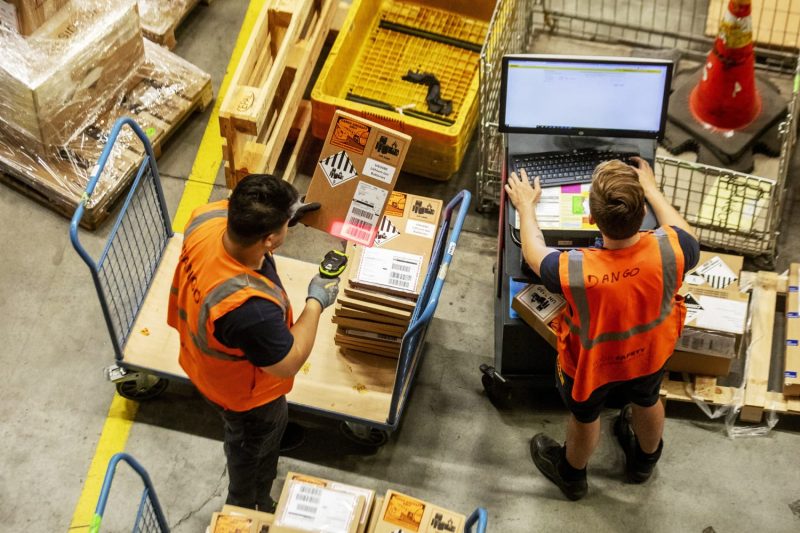In today’s interconnected world, the global economy relies heavily on the efficient functioning of complex supply chains that span across continents. From raw materials to finished products, every link in the chain plays a crucial role in ensuring the smooth flow of goods and services. However, as seen in the recent disruptions caused by the Suez Canal blockage, a single failure at any point in the supply chain can have far-reaching consequences that reverberate throughout the entire system.
At the heart of global commerce lies a delicate web of interconnected networks that facilitate the movement of goods from producers to consumers. Whether it is the transportation of raw materials by sea, land, or air, each mode of transport is a critical link in the chain that must function seamlessly to ensure timely delivery and fulfillment of orders. When one link in this chain breaks, it can have a domino effect, impacting multiple stakeholders and disrupting the flow of goods and services.
The Suez Canal blockage serves as a stark reminder of how vulnerable our global economy is to such disruptions. With an estimated $9.6 billion worth of goods delayed each day, the incident highlighted the fragility of our interconnected supply chains and the potential risks associated with relying on a single point of failure. As businesses around the world scrambled to find alternative routes and solutions, the impact of the blockage was felt far beyond the shores of Egypt.
Beyond physical disruptions like the Suez Canal blockage, the digital realm also presents its own set of challenges to global commerce. Cyberattacks, data breaches, and supply chain vulnerabilities have become increasingly prevalent in today’s digital age, posing a significant threat to the integrity and security of global supply chains. A single cyberattack targeting a key infrastructure or network can bring down an entire system, leading to widespread chaos and disruption.
To mitigate the risks associated with a fragile web of global commerce, businesses must adopt a proactive approach to supply chain management. This includes diversifying transport routes, suppliers, and distribution channels to reduce dependency on any single point of failure. Investing in robust cybersecurity measures, training employees in risk management strategies, and establishing contingency plans for unforeseen events are all essential steps in safeguarding the integrity and resilience of supply chains.
In conclusion, the interconnected nature of global commerce means that a single failure has the potential to disrupt the entire system, leading to significant economic losses and operational challenges. By recognizing the vulnerabilities inherent in our supply chains and taking proactive steps to mitigate risks, businesses can build resilience and adaptability into their operations, ensuring continuity in the face of unforeseen disruptions. Only through a concerted effort to strengthen our supply chains and fortify our defenses can we hope to navigate the complexities of today’s global economy with confidence and resilience.





























